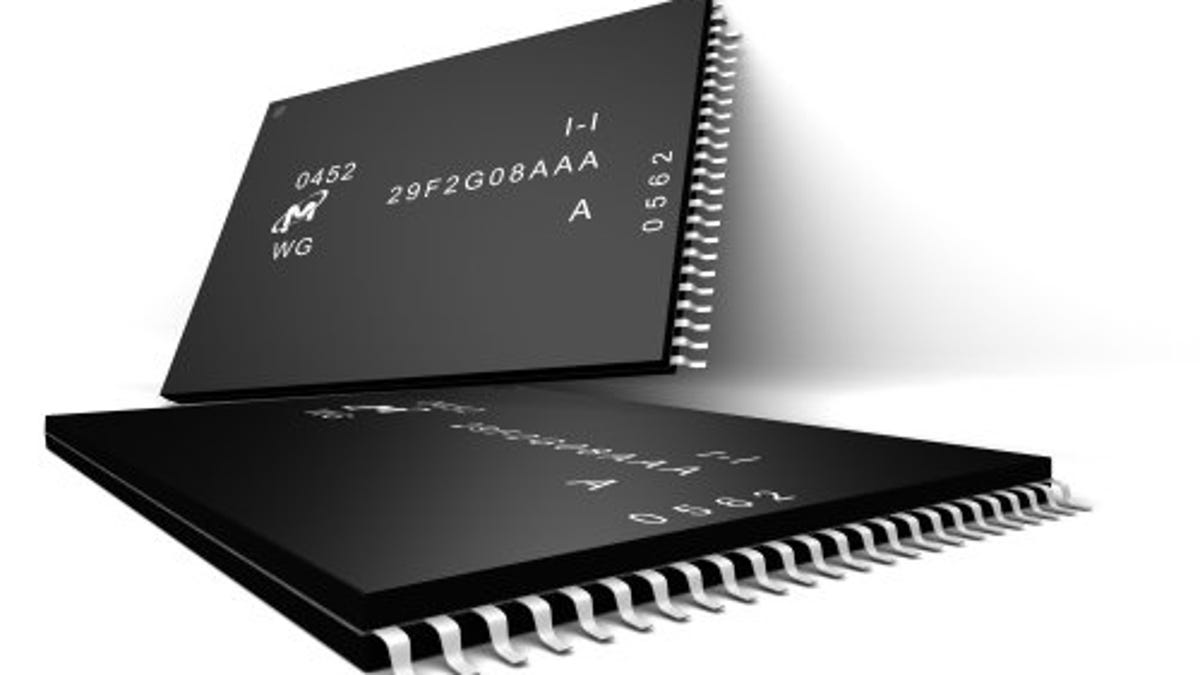SSD prices may drop following impending price war
In addition to low RAM prices, expected price reductions in SSD devices may help many speed up their systems.

In September of last year, slowdowns in the growth of the PC market led to a surplus of OEM RAM supplies and resulted in massive drops in prices for RAM in the following months. This made upgrades to higher-density RAM chips much more feasible for many Mac users, allowing them to do more with their Macs without experiencing slowdowns and other problems that happen when systems run low on memory.
Even though RAM upgrades being cheaper has allowed many to increase the performance of their systems, another major performance bottleneck of modern computers besides the RAM is the hard drive. For instance, when compared using the same benchmarks for throughput during application loading, SSDs perform on average over 10 times faster than conventional HDD devices (Tests performed by Tom's Hardware using PCMark 7).
While the use of SSD devices will greatly improve the performance of your system (even an older one), they unfortunately have been quite expensive options, especially when you need ample data storage. For instance, a 250GB SSD will cost roughly $280 on average, whereas a 250GB conventional HDD will cost about $80. The price difference only continues to increase as the drive capacities get larger.
To overcome the expense of SSD devices and maximize storage while benefiting from the speed of SSDs, you can install a dual-drive setup on your computer, using a small SSD as your boot drive and the one that holds your account and applications files, but then store your application libraries and data on a larger conventional drive. In Mac Pro systems or iMac systems this can easily be done, even if you need to use an external drive for your data; however, for laptops you might benefit from replacing your optical drive and using its connection for a second hard drive. I discuss one option for such a setup here.
While dual-drive setups such as this are beneficial, they do require special considerations, such as remembering to organize your data on one drive and not the other, and making some heavy modifications to the system hardware for some laptops.
Luckily, recent news suggests the need for such dual-drive setups might soon lessen. Digitimes is reporting that large SSD firms such as Kingston, OCZ, Crucial, and Intel are attempting to narrow the market and squeeze out the competition. While for now the price drops have for some SSD hardware brought the price of the SATA3 versions closer to the SATA2 versions, the price drops are expected continue as NAND flash chips become cheaper and more abundant.
The competition and NAND chip supply increases should continue to spur reduced prices and make single-drive SSD solutions more feasible for people. Digitimes claims that this effort by these companies is not only to help them command the market, but also improve it by removing retailers who use inferior SSD technology.
As a result of this impending price war, if you are planning on upgrading your system with an SSD, you might consider waiting for a few months to watch the market and see how much prices fall.
Questions? Comments? Have a fix? Post them below or
e-mail us!
Be sure to check us out on Twitter and the CNET Mac forums.

